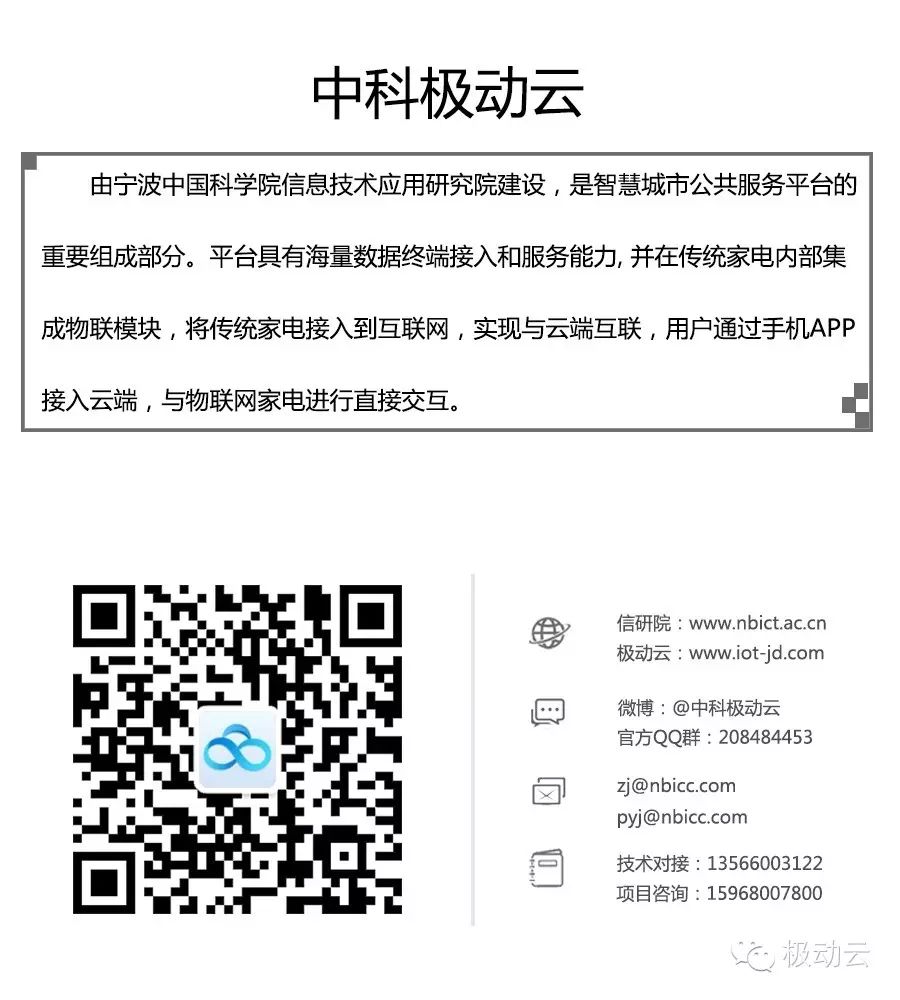Let’s first vividly understand what NB-IoT is through a few images from iot101 cartoonist:
(Copyright: iot101 cartoonist 🔗 A cartoon tells you: Besides WiFi and Bluetooth, what can the recently popular NB-IoT do?)


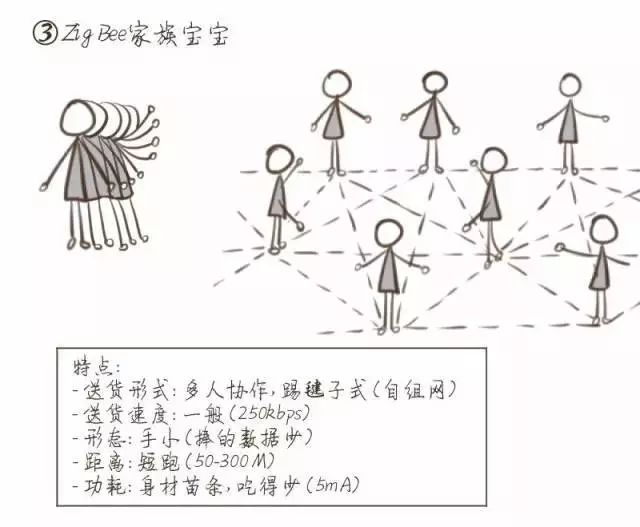
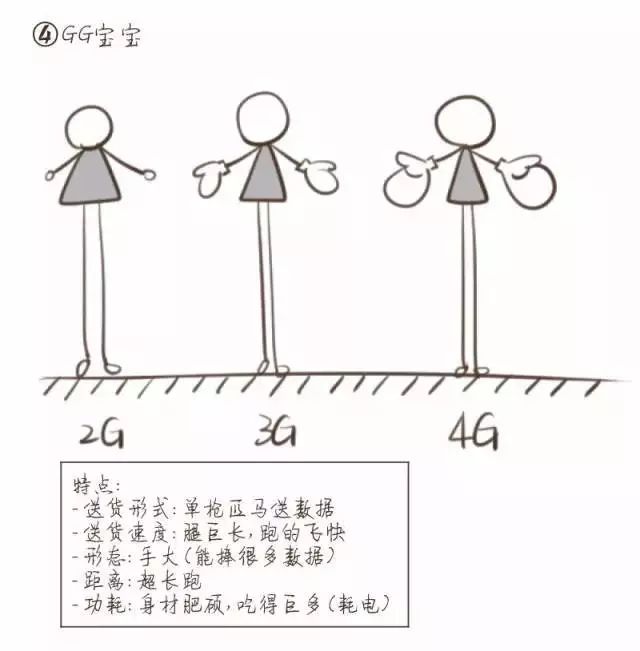
The comparison of ZigBee, Wi-Fi, Bluetooth, and several wireless technologies is shown in the table below (click to see a larger image):
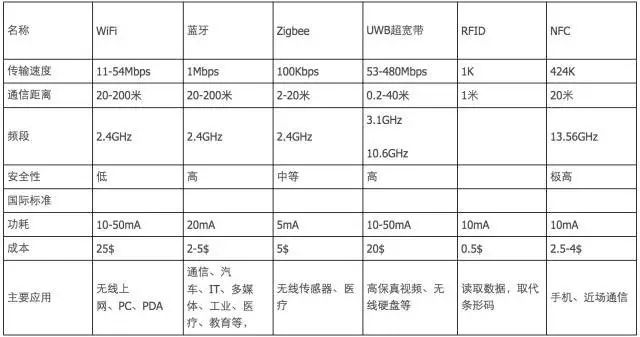


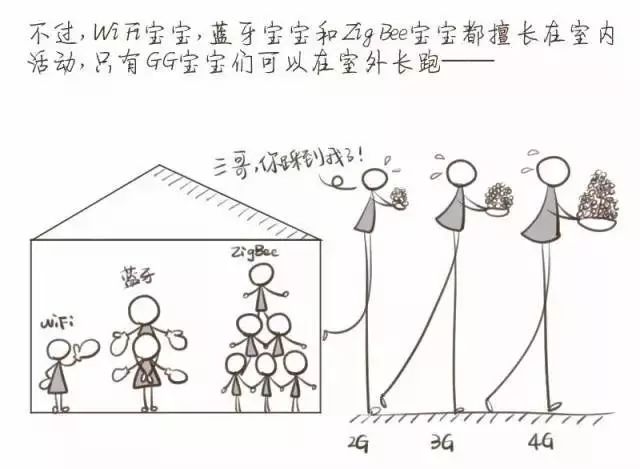






LPWAN can be divided into two categories: one category works in unlicensed bands, such as LoRa and SigFox; the other category works in licensed bands, supported by 3GPP, which includes 2G/3G/4G cellular communication technologies like EC-GSM, LTE Cat-M, and NB-IoT.
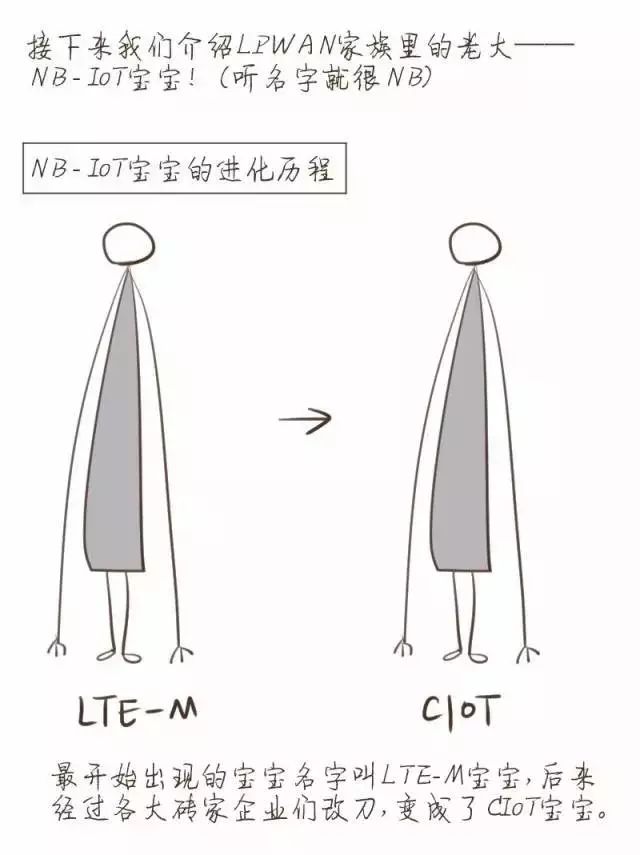
LPWAN can be divided into two categories: one category works in unlicensed bands, such as LoRa and SigFox; the other category works in licensed bands, supported by 3GPP, which includes 2G/3G/4G cellular communication technologies like EC-GSM, LTE Cat-M, and NB-IoT.
LTE-M, or LTE-Machine-to-Machine, is an IoT technology based on LTE evolution, referred to as Low-Cost MTC in R12 and LTE enhanced MTC (eMTC) in R13, aimed at meeting the needs of IoT devices based on existing LTE carriers.
Those familiar with LTE UE categories will not be strangers. To adapt to IoT application scenarios, 3GPP defined the minimum rate UE device as UE Cat-1 in R11, with an uplink rate of 5Mbps and a downlink rate of 10Mbps. To further adapt to the low power and low rate requirements of IoT sensors, in R12, 3GPP defined a lower-cost, lower-power Cat-0, with both uplink and downlink rates of 1Mbps.

NB-CIoT was proposed jointly by Huawei, Qualcomm, and Neul, while NB-LTE was proposed by manufacturers such as Ericsson and Nokia.
NB-CIoT proposed a brand new air interface technology, which involves significant changes to the existing LTE network, but NB-CIoT is the only cellular IoT technology among the six Clean Slate technologies that meets the five goals proposed at the TSG GERAN #67 meeting (enhancing indoor coverage performance, supporting massive device connections, reducing device complexity, reducing power consumption, and reducing latency), especially since the cost of NB-CIoT communication modules is lower than that of GSM modules and NB-LTE modules.
NB-LTE tends to be compatible with existing LTE, with its main advantage being ease of deployment.
Ultimately, after intense negotiations at the RAN #69 meeting in September 2015, NB-IoT can be considered a fusion of NB-CIoT and NB-LTE.
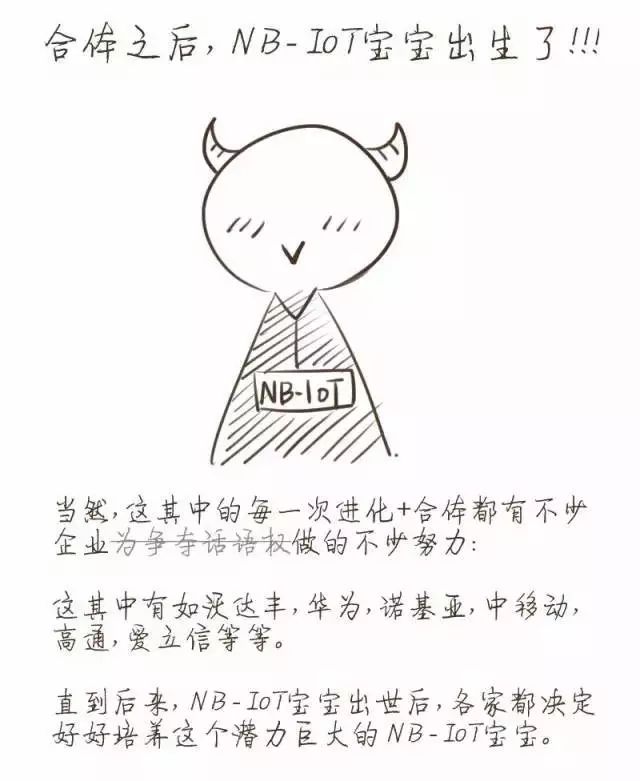

Some say that the emergence of the NB-IoT standard will tear apart technologies like Sigfox and LoRa, because operators supporting NB-IoT will have a larger customer base than those using Sigfox and LoRa technologies.
Fans of Sigfox and LoRa technologies disagree, arguing that NB-IoT has yet to be commercially deployed, and that technology costs will remain high for several years to come. However, as NB-IoT continues to progress, the reduction of technology costs is imminent, and who can predict what will happen in the future?








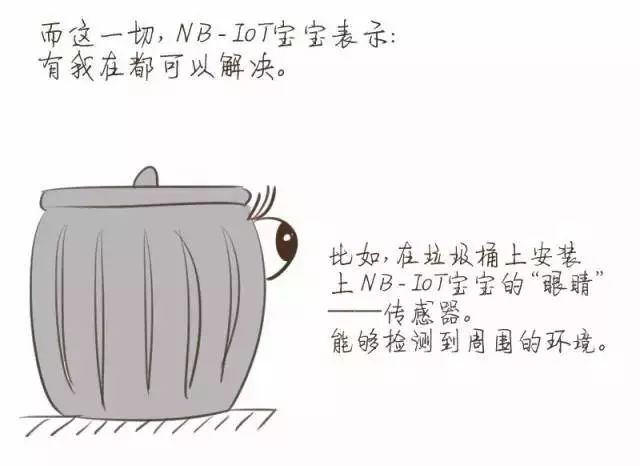


The application scenarios of the Internet of Things are quite extensive, such as smart parking, bicycle anti-theft, vehicle networking, smart cities, smart buildings, environmental monitoring…
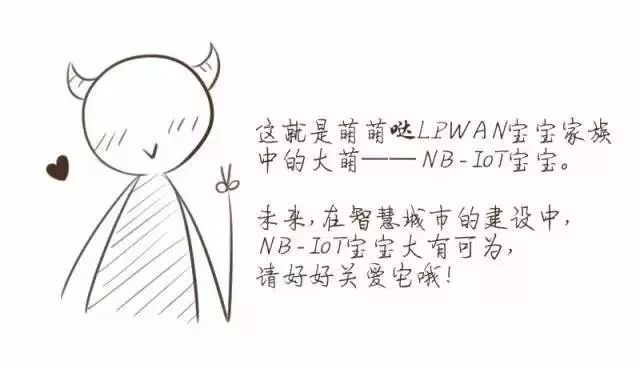
The Donghai Group in Ningbo invests in and develops business areas such as water meters, electric meters, gas meters, thermal meters, water purification meters, programmable valves, IC smart instruments, timers, smart appliances, and emerging electronics and IT industries, a comprehensive intelligent energy and resource management system, five-in-one, integrated innovation of 10 specialized manufacturing plants, and the Donghai Group Measurement Instrument Industrial Technology Park built on this is a characteristic industrial base for new measurement instruments in Zhejiang Province.
By partnering with Donghai Group, relying on the research capabilities of the Ningbo Institute of Information Technology Application Research of the Chinese Academy of Sciences, and utilizing the full coverage advantage of NB-IoT, it can achieve wide-area wireless meter reading in the smart metering field, significantly saving human and material resources.
In addition, by the end of 2016, the Jidongyun platform had over 200 partner companies and connected more than 30 types of smart home products. For the rapid development and large-scale commercial use of NB-IoT, Zhongke Jidongyun will provide PaaS, SaaS, and other services for manufacturing enterprises in fields such as smart cities, smart agriculture, and smart healthcare, leveraging the platform’s security, stability, and ease of access to provide integrated solutions for intelligent upgrades and transformations.
